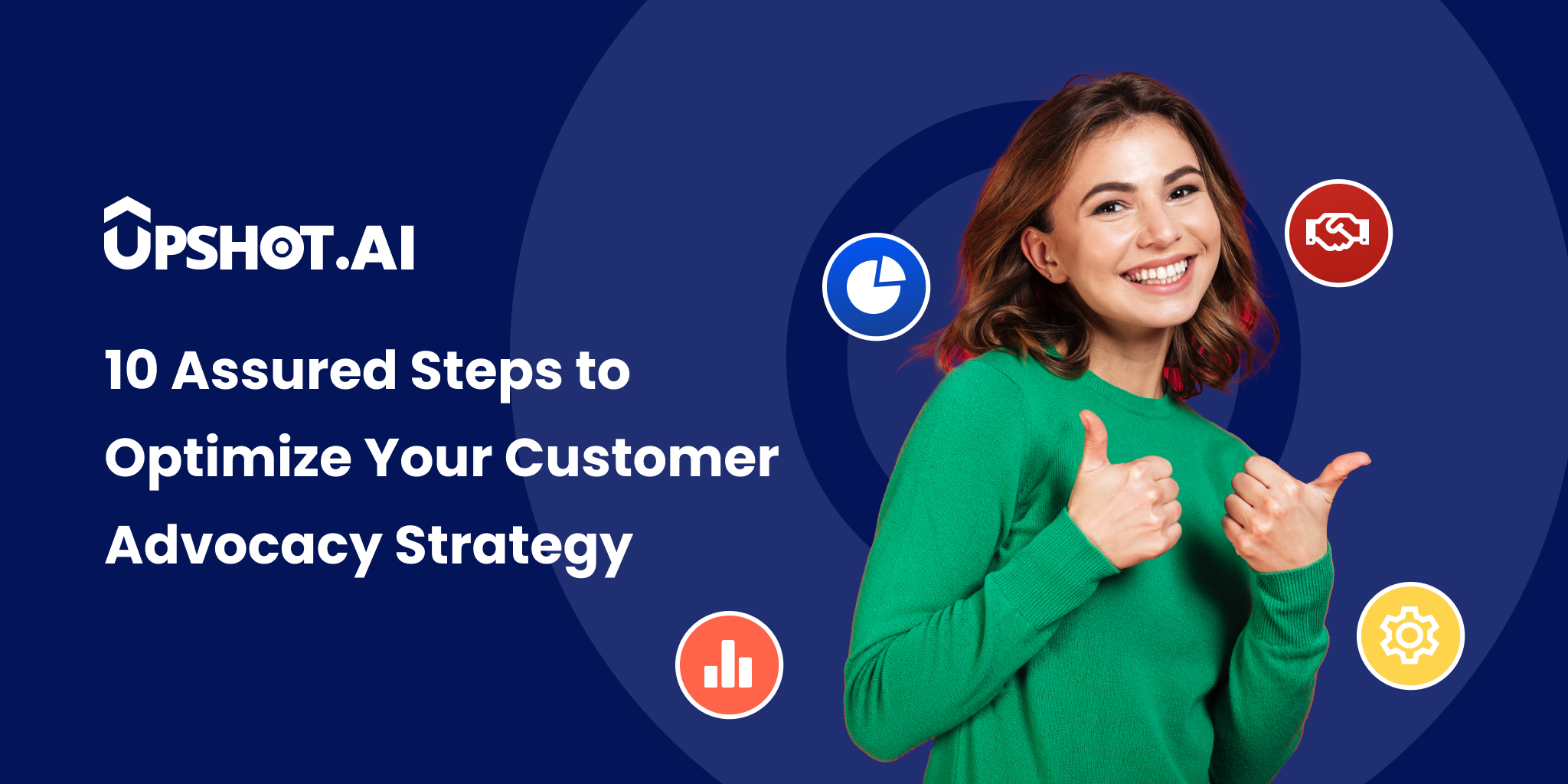Blog / Guest Post: 10 Assured Steps to Optimize Your Customer Advocacy Strategy
Guest Post: 10 Assured Steps to Optimize Your Customer Advocacy Strategy
Damola Layonu
Sep 19, 2023
Reading time: 8 mins
Leave a Reply
Your email address will not be published. Required fields are marked *







